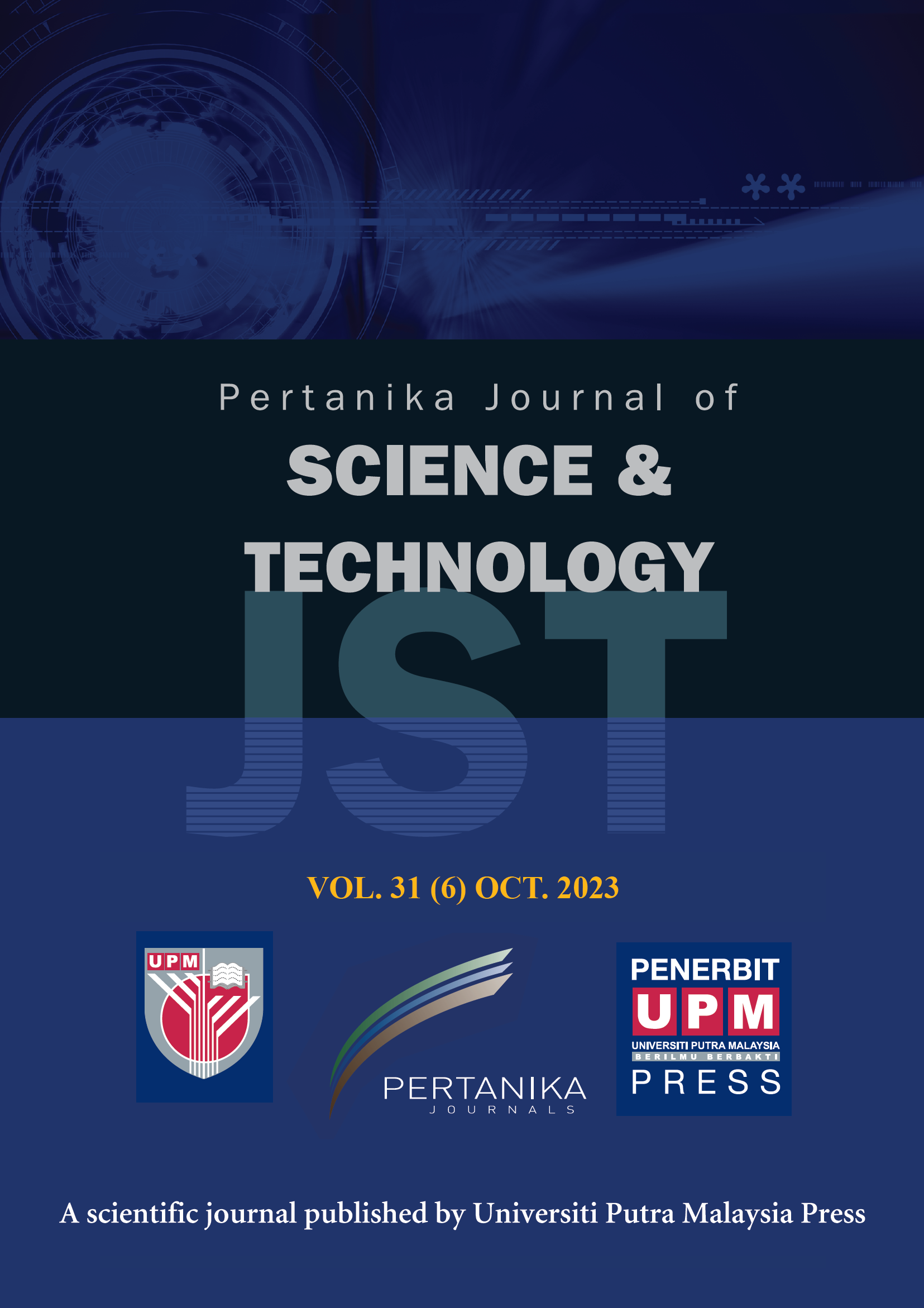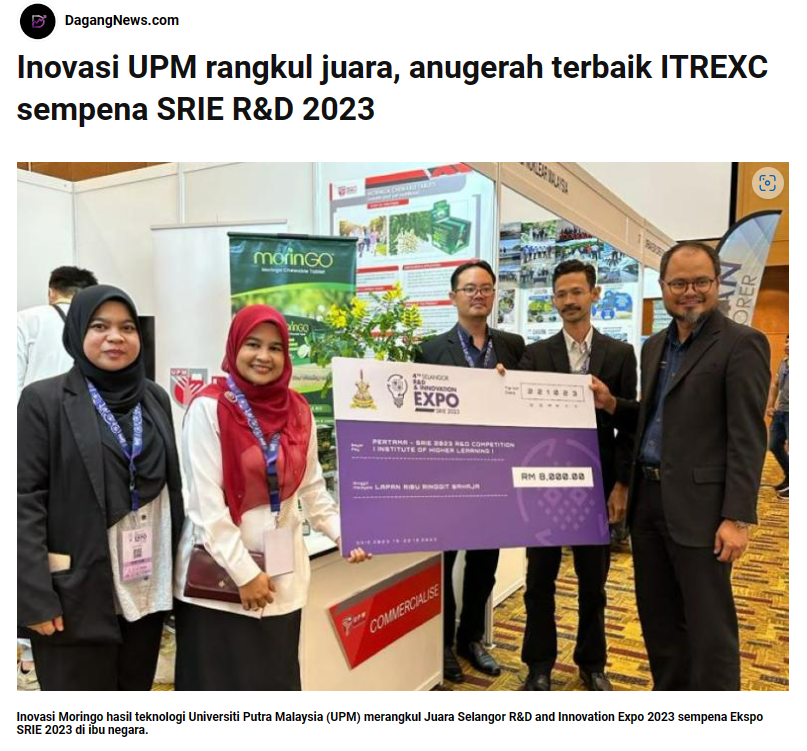Highlight
• GO was hydrothermally surface functionalized by tetrabutyl titanate as catalyst support in presence of PEG.
• The effect of different GO:Ti ratios on textural properties were examined.
• GO@TiO2 core–shell solid spheres were functionalized with TsOH under a mild microwave‒assisted hydrothermal procedure.
• The catalyst possessing both Brönsted and Lewis acid sites was used to catalyze the esterification of PFAD.
• Biodiesel quality evaluation analysis was performed to assess the key fuel properties of the FAME.
Abstract
In accordance with the need for green production, the aim of current research is to synthesize a highly recyclable mesoporous SO3H-GO@TiO2 catalyst possessing both Brönsted and Lewis acid sites for one-pot catalyzing the esterification of inexpensive acidic feedstocks namely palm fatty acid distillate (PFAD), containing free fatty acids (FFAs, >85 wt%) and a considerable amount of water (3 wt%). The mesoporous sulfonated GO@TiO2 catalyst was synthesized using a two-step hydrothermal microwave-assisted method featured by uniform dispersion of TiO2 nanoparticles inside the mesopore framework of GO and post-sulfonation treatment. The effect of different GO:Ti ratios (1:0.1, 1:0.3, 1:0.5, and 1:1) on textural properties were examined and therefore, the ratio of 1:1 was selected as the optimum ratio for further experiments. The mesoporous SO3H-GO@TiO2 catalyst was characterized using Raman spectroscopy, Brunauer–Emmett–Teller (BET), X-Ray diffraction (XRD), temperature-programmed desorption (TPD), thermogravimetric analysis (TGA), field emission scanning electron microscopy (FESEM), and energy dispersive X-ray (EDX), and the results revealed that the as-developed catalyst possessed desirable textural properties as well as strong acidity with a combination of both Brönsted and Lewis acid sites. Furthermore, the crystalline structure of the as-prepared mesoporous GO@TiO2 material remains unaltered after the post-sulfonation treatment. In addition, the synthesized mesoporous SO3H-GO@TiO2 catalyst showed high stability for ten consecutive esterification reactions without additional treatments.
Authors : Soroush Soltani, Nasrin Khanian, Thomas Shean Yaw Choong, Nilofar Asim, Yue Zhao
Tarikh Input: 11/08/2021 | Kemaskini: 11/08/2021 | salehaharon
PERKONGSIAN MEDIA




























